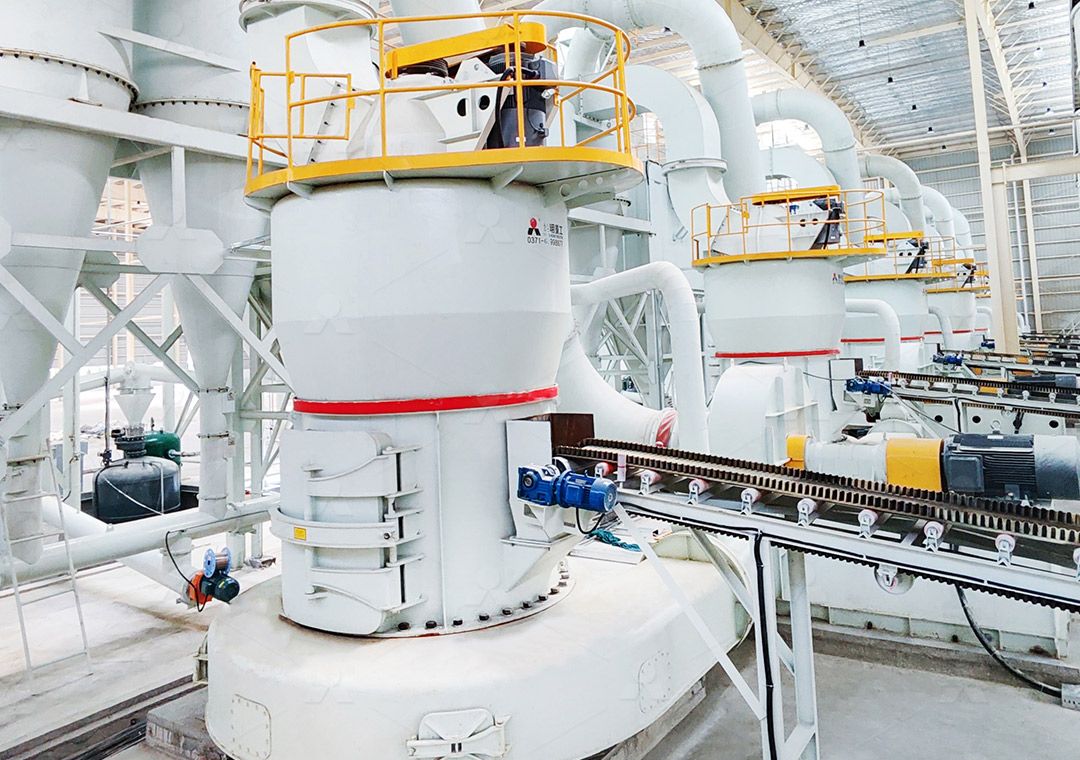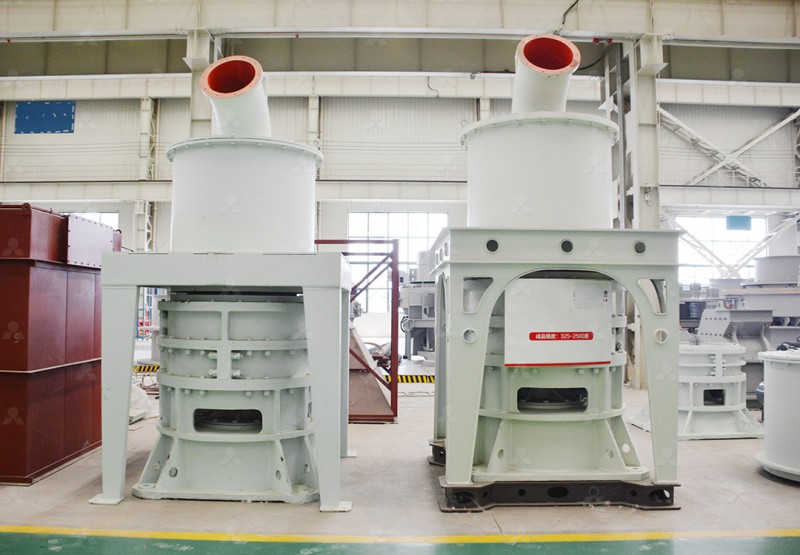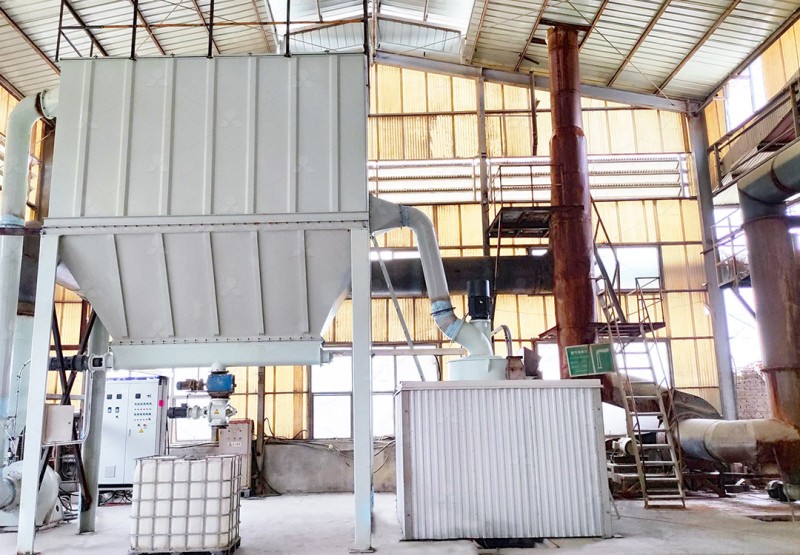Raymond Model 673 Mill Specifications and Technical Data
Raymond Model 673 Mill: A Technical Overview
For decades, the Raymond name has been synonymous with reliability and performance in the grinding industry. The Model 673 remains a workhorse in various applications, known for its robust construction and consistent output. While it represents a solid piece of engineering from its era, modern advancements have significantly elevated what’s possible in fine powder processing.
Key Specifications (Model 673)
The Raymond Model 673 is a medium-sized roller mill. Its typical configuration includes a single grinding ring with a diameter of 67 inches (approx. 1700mm) and three grinding rollers. The mill is powered by a main motor, traditionally ranging between 100-150 HP, driving a central shaft that rotates the grinding assembly. Its capacity varies greatly based on the material’s hardness and desired fineness, but it generally handles feed sizes up to 25mm, producing powders in the range of 80 to 325 mesh.

Traditional Applications and Limitations
The 673 was designed for processing non-flammable and non-explosive materials like limestone, calcite, barite, dolomite, and talc. It excels in moderate-capacity tasks where producing powders coarser than 400 mesh is sufficient. However, operators often note its limitations: energy consumption can be high relative to output for finer grinds, and maintaining the mechanical internal components like rollers and rings requires downtime and skilled labor. Dust collection and noise were also secondary considerations in its original design, posing challenges for modern, environmentally conscious facilities.
The Modern Evolution: Beyond the 673
While the 673 is a capable machine, technology has moved forward. Today’s operations demand higher efficiency, finer product ranges, and more environmentally friendly processes. For customers requiring ultra-fine powder, traditional Raymond mills hit a ceiling.
This is where our MW Ultrafine Grinding Mill represents a monumental leap forward. Designed for customers who need to make ultra-fine powder between 325-2500 meshes, this machine addresses the core limitations of older models. It handles an input size of 0-20 mm with a capacity ranging from 0.5 to 25 tph. A key innovation is the elimination of rolling bearings and screws in the grinding chamber, virtually eliminating worries about bearing failures or loose screws causing catastrophic damage. Furthermore, its efficient pulse dust collector and muffler ensure the entire production process meets stringent environmental standards, significantly reducing dust and noise pollution compared to older mill designs.

Considering an Upgrade?
If you’re operating a Raymond 673 and looking to increase production, achieve a finer product, or reduce your operational footprint, it’s worth exploring modern alternatives. For those needing even greater capacity and integration, our LUM Ultrafine Vertical Grinding Mill is another excellent solution. With an input size of 0-10 mm and a capacity of 5-18 tph, it integrates grinding, grading, and transporting into a single, compact unit. Its unique roller shell and lining plate grinding curve generate a stable material layer easier, enabling a high rate of finished product in a single pass and improving the whiteness and cleanliness of outputs.
Both the MW and LUM mills are backed by our commitment to quality, featuring digitally processed components for high precision and a sufficient supply of original spare parts for worry-free operation. They are not just replacements; they are strategic upgrades that future-proof your grinding operations.

Conclusion
The Raymond Model 673 earned its reputation through dependable service. However, the landscape of mineral processing has changed. Embracing newer technologies like our MW and LUM series mills allows operations to achieve unprecedented levels of fineness, energy efficiency, and environmental compliance. We recommend evaluating your current and future production goals to see if a modern ultrafine grinding solution is the right fit for maximizing your profitability and product quality.
